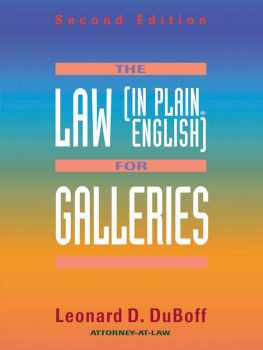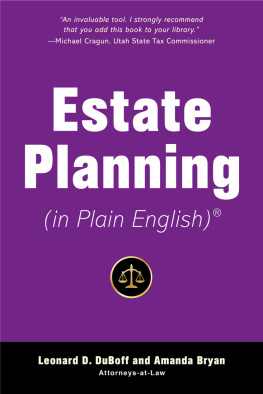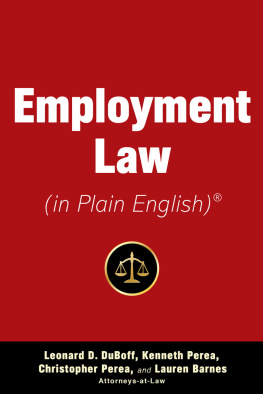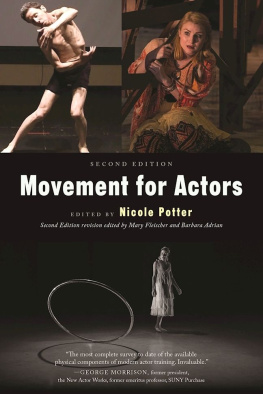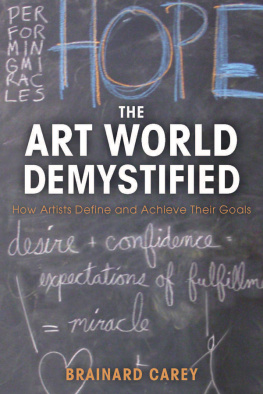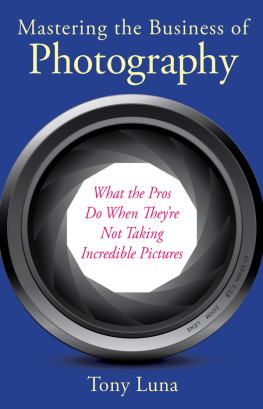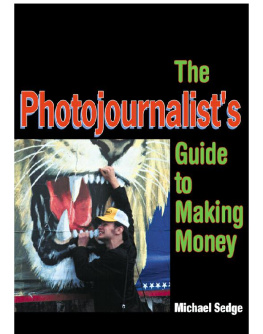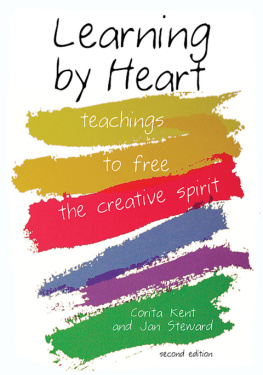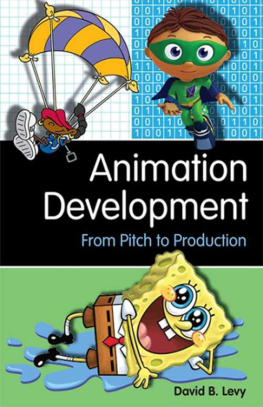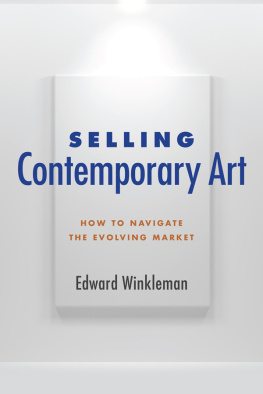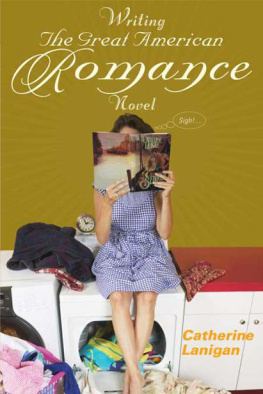THE LAW
(IN PLAIN ENGLISH)
FOR GALLERIES
Second Edition
Leonard D . DuBoff
ATTORNEY-AT-LAW

Copyright 1999, 2012 by Leonard D. DuBoff
All rights reserved. Copyright under Berne Copyright Convention, Universal Copyright Convention, and Pan American Copyright Convention. No part of this book may be reproduced, stored in a retrieval system, or transmitted in any form, or by any means, electronic, mechanical, photocopying, recording or otherwise, without the express written consent of the publisher, except in the case of brief excerpts in critical reviews or articles. All inquiries should be addressed to Allworth Press, 307 West 36th Street, 11th Floor, New York, NY 10018.
Allworth Press books may be purchased in bulk at special discounts for sales promotion, corporate gifts, fund-raising, or educational purposes. Special editions can also be created to specifications. For details, contact the Special Sales Department, Allworth Press, 307 West 36th Street, 11th Floor, New York, NY 10018 or info@skyhorsepublishing.com.
Published by Allworth Press, an imprint of Skyhorse Publishing, Inc. 307 West 36th Street, 11th Floor, New York, NY 10018.
Allworth Press is a registered trademark of Skyhorse Publishing, Inc., a Delaware corporation.
www.allworth.com
Cover design by Douglas Design Associates, New York, NY
Page composition/typography by SR Desktop Services, Ridge, NY
eISBN: 978-1-58115-982-0
ISBN: 1-58115-026-1
DEDICATION
To the memory of my sister-in-law,
Diane DuBoff, an artist and craftsperson
whose beautiful work continues to inspire.
CONTENTS
A rt appeals most to that side of our being most removed from the quotidian aspects of life. In art, we discover the delight of painting, the strength of sculpture, the intimate contact with the hands of artists in drawings and sketches. For many of us, art is a refuge from the pressures of our own lives.
So it is no wonder that most of us who are drawn to making our lives and careers in the world of art do not think very much about its mundane, practical underpinnings. This is as true of the makers of art as it is of those who work in the marketplace for art. As a result, many are victims of pitfalls that could have been avoided through an awareness of how the law today affects all relationships, evenand indeed especiallythose in the arts.
Fortunately, there now is a simple, straightforward guide for perplexed art professionals. In The Law (in Plain English) for Galleries, Leonard DuBoff addresses laymen in terms free of legal jargon. He sets up guideposts and, with great common sense and the benefit of long experience, outlines safe paths to follow. The books store of advice is invaluable and, in this litigious age, essential for all who make their lives and livings in art.
Andr Emmerich
senior vice president, Sothebys
former owner and founder,
Andr Emmerich Gallery
T hroughout my professional career as a law professor, and now as a practicing attorney, I have realized the importance of preproblem counseling. This is especially true in the field of art and craft law, where many of the issues are complex and not usually understood by the attorney engaged in a general practice.
Creative people and gallery owners are often depicted as opposing teams in a tug of war. Nothing could be further from the truth. The individuals who create and those who sell their works are allies, engaged in a mutually beneficial relationship that results in making art and crafts available to the public. However, while those who create and those who retail the creations share a common interest, the legal issues encountered by each group are unique.
My goal is to sensitize art and craft professionals to the law so that they can avoid risky courses of conduct and spot problems at an early enough stage so as to minimize their ultimate impact on the success of the business.
Although there are a number of books available for visual artists and craftspeople, there have been, until now, none for the art or craft gallery owner. This book fills that void and provides a readable source of information.
I have tried to present the most up-to-date analysis of the myriad legal issues that galleries and craft retailers encounter in their business activities. This book is not intended to serve as a substitute for an attorney; rather, it is designed to make you aware of the options available in a host of common business situations and to provide you with sufficient knowledge to communicate effectively with a business attorney.
I sincerely hope that The Law (in Plain English) for Galleries continues the tradition established by the other books in this series of providing an accurate, up-to-date, and readable text for an important segment of the business community.
Leonard D. DuBoff
T he process of revising this text has taken many years and involved numerous colleagues. While it is impossible to identify all of the individuals who have contributed to this second edition of The Law (in Plain English) for Galleries, I would like to give special thanks to the people who have played the most active roles.
I am indebted to Christy King, one of the principals of the law firm of DuBoff, Dorband, Cushing & King, for her understanding of the law and her editing skills, and to Michael Supancich, also an attorney with the firm, for his help with editing. I am grateful to Don Davies for his computer skills and assistance; to Nicole Rhoades (Willamette University School of Law, Class of 1999) for her research; and to Peggy Reckow for her secretarial input.
I am also indebted to my three children, Colleen, Robert, and Sabrina, for their understanding and cooperation, though many times I was forced to refrain from participating in activities with them in order to work on this volume. My grandson, Brian, also cooperated in providing me with work time to complete this revision. Finally, I would like to express my greatest appreciation to my partner in law and life, Mary Ann DuBoff, for her help in this and all our other projects.
Leonard D. DuBoff
A fter nearly twenty years of on-the-job training in the gallery business, much of the material in Leonard DuBoffs latest book is familiar to me. How I wish this book had been available at the beginning of my career! The Law (in Plain English) for Galleries is a survival manual for anyone entering or, for that matter, already in the commercial gallery world.
Mr. DuBoffs clear, straightforward approach makes a complicated subject easy to grasp. With explanations that are simple without being simplistic, he guides the reader through the essential stages of establishing a viable business. By demystifying many intimidating legal and business issues, Mr. DuBoff enables the prospective entrepreneur to focus more effectively on the creative and artistic aspects of this fascinating profession.
Often a gallery is founded by individuals with a strong vision that, regrettably, is frequently undermined by a fuzzy business plan. A commercial gallery faces many challenges beyond that of making an artistic or philosophical statement. Clearly, the business must be an intelligently planned, efficiently managed enterprise if it is to survive. This goal is not easily met. With Mr. DuBoffs good counsel, however, the odds for success are in your favor.
Douglas Heller
President and Director, Heller Gallery
E veryone in business knows that survival requires careful financial planning, yet few people fully realize the importance of selecting the best structure for the business. There are only a handful of basic forms to choose from: the sole proprietorship, the partnership, the corporation, the limited liability company, the limited liability partnership, and a few hybrids.
Next page
